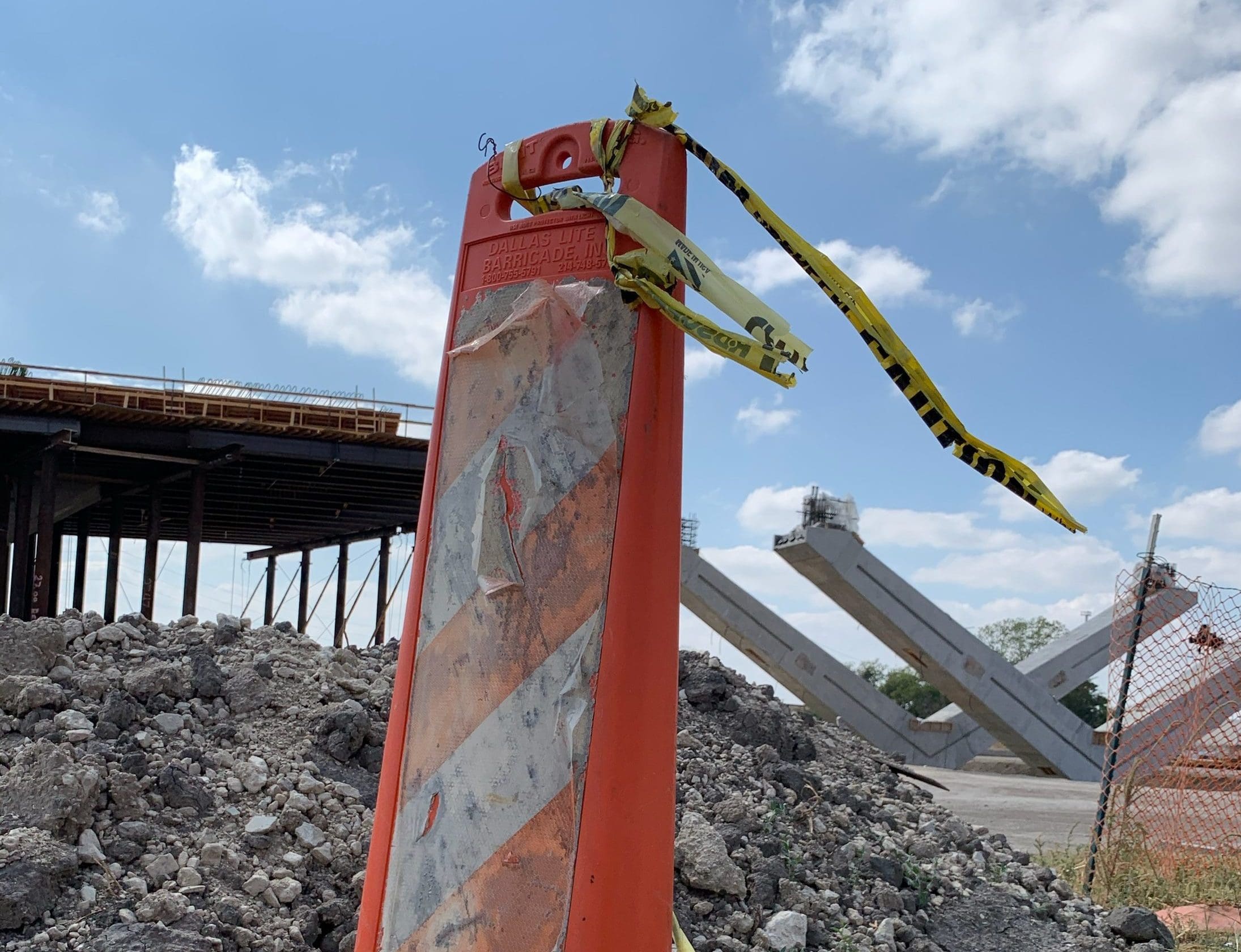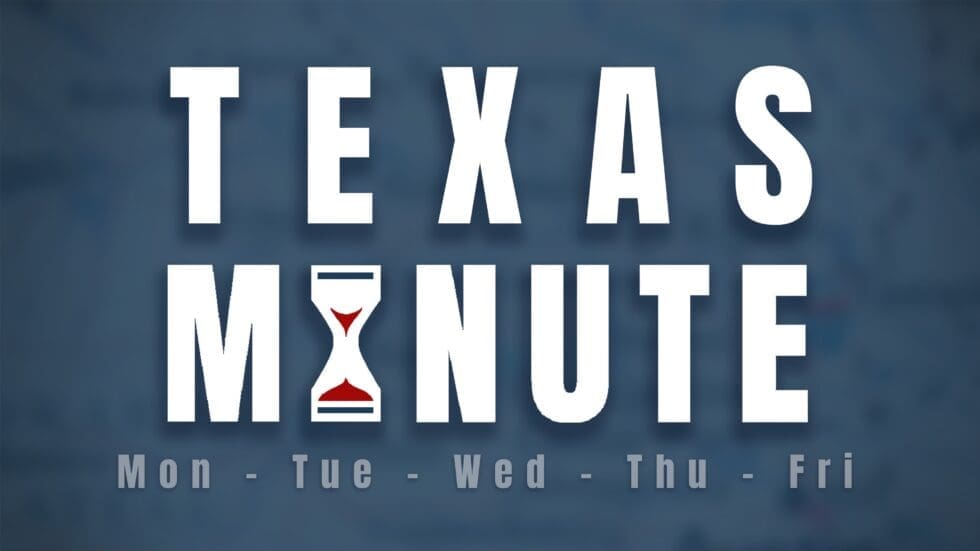Okay, it’s really “Water District,” but it’s an organization established in 1924 as a Water Control and Improvement District to provide raw water and flood control.
Now, 80 years later, it deals in buying and selling land (taking some by eminent domain) and going full bore in an economic development disguised as flood control—Panther Island. The Fort Worth City Council was led to believe this “investment” of $360 million of taxpayer dollars would increase the tax base by $1 billion, and Fort Worth voters were assured they wouldn’t “be left holding the bag.”
It has since ballooned from $360 million to $1.15 billion and, as expected, it’s still not running on all cylinders.
Pretty spectacular for a government agency with no public oversight other than the elected five-member board. How could that happen, you might ask? It happened because the water district has a very small voter base and was organizationally structured so nobody could be held accountable.
First, to help TRWD work on a problem they couldn’t solve, State Rep. Charlie Geren (R-Fort Worth) shepherded House Bill 2639 through the legislature. It enabled the TRWD to beg, borrow, and steal land from the owners along White Settlement Road and any area impacted by TRVA.
They pursued it with a vengeance, and it hurt a lot of small business owners.
To add insult to injury, TRWD General Manager Jim Oliver picked a lawyer to oversee this project. This lawyer was reportedly from a fourth-tier law school and, at the time, worked for the Tarrant County district attorney.
You should be aware that the general description of a fourth-tier law school is one with lower entrance requirements, but apparently, they also teach economic development and flood control subjects.
This new, highly paid manager, who has since declared that everything is on cost and on schedule, was J.D. Granger, coincidentally the son of U.S. Rep. Kay Granger (R-TX); a recent programmatic review from a third-party organization found the opposite to be true.
When it came to fully funding this project, initially, there was hope that a Tax Increment Financing (TIF) district would provide $94 million from the taxes on properties near the Trinity River Vision Authority (TRVA) and Central City Project boundaries. The city council felt a larger area would provide enough additional money to cover city obligations along with $76 million in bond money for the bridges. Then Councilwoman Wendy Davis supported the TIF, which included part of West 7th, but she wanted to increase the area of coverage to increase the tax revenue going to TRV.
I voted against the TIF, saying the city shouldn’t be in economic development. “Every time we have a projection of economic gain on a project like this, it gets overstated, and the cost is greatly understated.” (Fort Worth Star-Telegram 12/17/03).
The TIF expansion passed, of course, and was expanded once again later. What was proposed and what was said at the time is very interesting. The fund estimate had escalated to $435 million with the following breakdown:
- Federal funding – $217.5 million (Federal funds are now authorized at $565 million, but far from being funded.)
- TIF funding – $115.9 million (Now estimated at $320 million or more.)
- TRWD funding – $64 million (Voters authorized $260 million in bonds to cover unexpected downturn in revenue from gas sales. It’s expected to be repaid by extending the TIF.)
- Fort Worth funding – $76 million in bonds for bridges
- Tarrant County funding – $11 million for road and bridge work
Here are the projected costs and completion dates as of 2005:
- Bypass channel cost – $63 million; expected completion 2012
- Property acquisition – $83 million; expected completion unknown
- Samuels Ave. dam – $421 million; expected completion 2014
- Isolation gates – $37.4 million; expected completion 2014
- Environmental cleanup – $32.9 million; expected completion unknown
- Road bridges – $50.4 million; expected completion 2009
- University Drive – $5 million; expected completion 2013
- “Natural” flood control – $51.2 million; expected completion unknown
Again, a third-party programmatic review found that after all this time, in October of last year, only the design portion had been finished, not any construction phases.
Then, there is this famous statement from the Star-Telegram article: “Ultimately, Oliver said, backers might seek more money from the city, Tarrant County or the Water District, or by borrowing based on future development potential.”
James Toal (a partner at Gideon Toal and now deceased) helped draw up the plans for TRWD. He supported it, saying, “It completely eliminates the need for levees in the downtown area.”
“The taxpayers will not be left holding the bag,” Toal said.
Really!
This is a commentary submitted and published with the author’s permission. If you wish to submit a commentary to Texas Scorecard, please submit your article to submission@texasscorecard.com.





